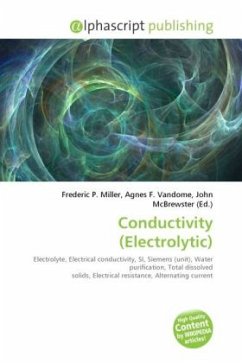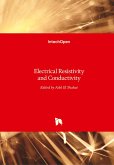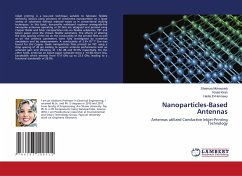Electrical conductivity or specific conductance is a measure of a material's ability to conduct an electric current. When an electrical potential difference is placed across a conductor, its movable charges flow, giving rise to an electric current. The conductivity is defined as the ratio of the current density J to the electric field strength E: It is also possible to have materials in which the conductivity is anisotropic, in which case is a 3×3 matrix (or more technically a rank-2 tensor) which is generally symmetric. Conductivity is the reciprocal (inverse) of electrical resistivity, , and has the SI units of siemens per metre (S·m-1) and CGSE units of inverse second (s 1): Electrical conductivity is commonly represented by the Greek letter , but (esp. in electrical engineering science) or are also occasionally used. An EC meter is normally used to measure conductivity in a solution.
Bitte wählen Sie Ihr Anliegen aus.
Rechnungen
Retourenschein anfordern
Bestellstatus
Storno








